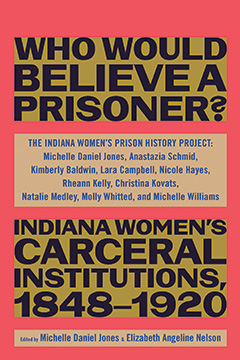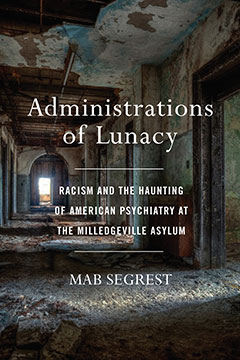The shared outcomes—the overlapping “how”—gives us a working definition of what makes a prison. In the essay “Sisters,” IWPHP member Christina Kovats quotes an article authored by two formerly incarcerated scholars, Michelle Daniel Jones and Lori Record, that offers the best working definition of a prison. Jones and Record define prison “as a place of confinement for crimes and of forcible restraint.” Jones and Record go on to say that “if the persons committed to these places cannot leave when they want to and are, in fact, confined against their will, it becomes irrelevant whether the place is called a prison—or, instead, a refuge, correctional facility, house, penitentiary, or even laundry—if it operates as a prison. It is equally irrelevant if the facility is Catholic or Protestant, private or public. The operations and characteristics define a prison as a prison.”
The history of prisons is one of adaptation through reform and contestation. That renders the history of carceral institutions elliptical and nonlinear, especially when trying to account for the perspectives of the captives. Social histories of incarceration such as these work through the extant archives in a prodigious manner. But to succeed they must also read beyond the archive, so as to access the frameworks and insights of incarcerated people.
The starting point for both projects is that the experience of confinement equips a person with special insight into the project of incarceration. For Segrest, this means reading against the grain of state records that document the lives of those confined at the notorious Georgia asylum. Her method borrows heavily from Saidiya Hartman’s Scenes of Subjection as a way to read the lives and desires of subjugated people into the stale paternalism of institutional sources, shaped by what Hartman memorably termed the afterlife of slavery.4
For the contributors to Who Would Believe a Prisoner?, it means reading the archive through their own experiences as criminalized women. Jones describes their collective method as being “the embodied observer, one who views the archive from the position of the captive, from the inside of their experience.” The authors are not “participant-observers,” Jones notes, because that would suggest that they chose or consented to their confinement. Yet their “lived experiences with the criminal legal system, and with the prison in particular” is the “lens through which we analyze the archive.”
The essays in the book cover the 19th and early 20th centuries, concluding before any of the contributors were born. But this epistemic shift, together with the deep and rigorous collaboration at the heart of the project, allows the authors to make sense of early carceral history in a way that has eluded many observers.

